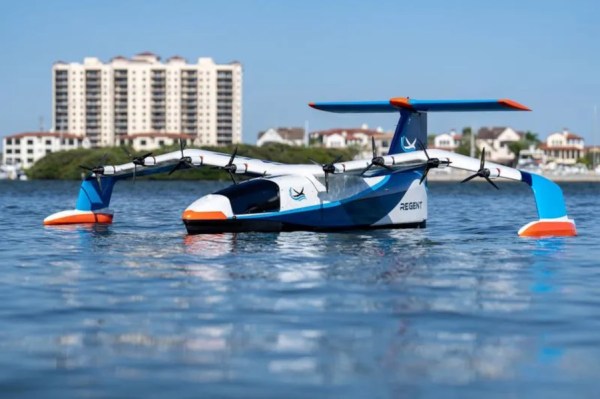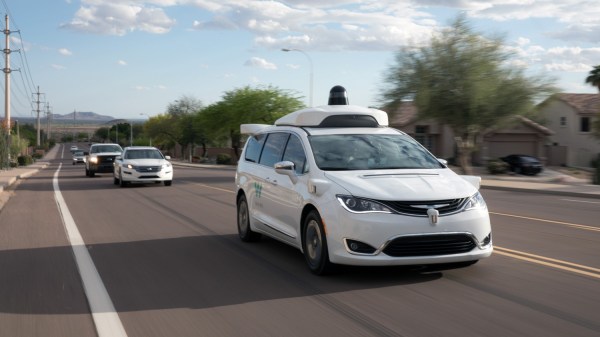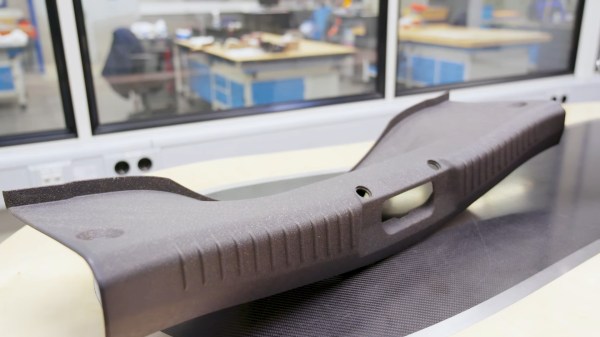In another regular installment of politicians making ridiculous statements about technology, Canada’s Minister of Innovation, Science and Industry, [François-Philippe Champagne], suggested banning Flipper Zero and similar devices from sale in the country, while accusing them of being used for ‘stealing cars’ and similar. This didn’t sit right with [Peter Fairlie] who put together a comprehensive overview video of how car thieves really steal cars. Perhaps unsurprisingly, the main method is CAN bus injection, for which a Flipper Zero is actually a terribly clumsy device. Rather you’d use a custom piece of kit that automates the process.
You can also find these devices being sold all over the internet as so-called ‘Emergency Start’ devices for sale all over the internet, all of which use weaknesses in the car’s CAN bus network. The common problem appears to be that with these days even the lights on the car being part of the CAN network, an attacker can gain access for injection purposes. This way no key fob is needed, and the ignition system can be triggered with the usual safeties and lockouts being circumvented.
Ultimately, although the Flipper Zero is a rather cutesy toy, it doesn’t do anything that cannot be done cheaper and more effectively by anyone with a bit of CAN bus knowledge and a disregard for the law.
Thanks to [Stephen Walters] for the tip.
Continue reading “Why Stealing A Car With Flipper Zero Is A Silly Idea”


















